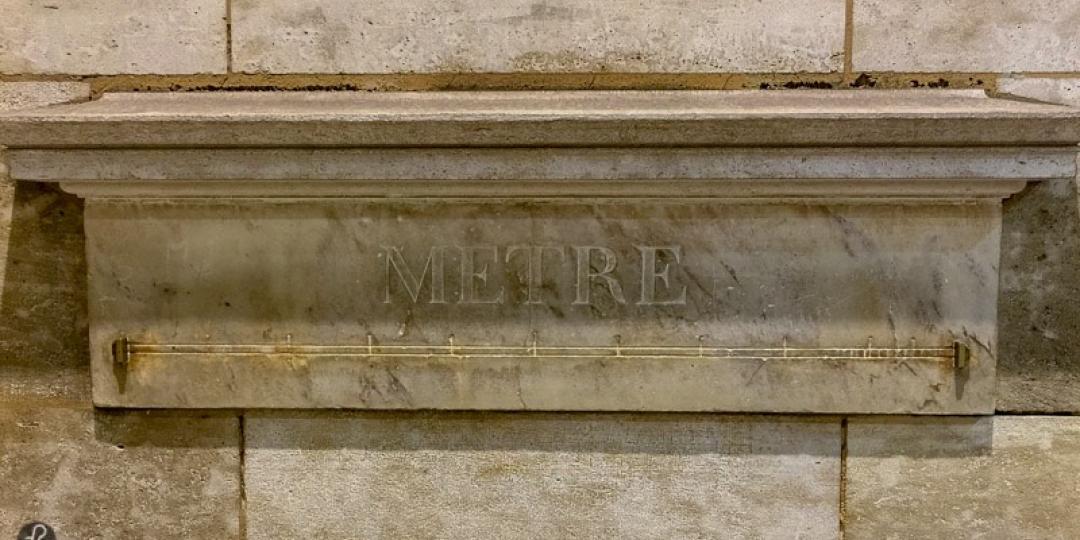World Metrology Day, 20 May 2022, commemorates the signing in 1875 of the Treaty of the Metre by representatives of 17 nations who agreed on one, uniform measurement system - a global system for common measurements, based on constants of nature.
The French originated the metre in the 1790s as one/ten-millionth of the distance from the equator to the north pole, along a meridian through Paris. It is realistically represented by the distance between two marks on an iron bar kept in Paris. The International Bureau of Weights and Measures, created in 1875, upgraded the bar to one made of 90 percent platinum/10 percent iridium alloy.
In 1960 the metre was redefined as 1,650,763.73 wavelengths of orange-red light, in a vacuum, produced by burning the element krypton (Kr-86). More recently (1984), the Geneva Conference on Weights and Measures has defined the metre as the distance light travels, in a vacuum, in 1/299,792,458 seconds with time measured by a cesium-133 atomic clock which emits pulses of radiation at very rapid, regular intervals.
None of the definitions changed the length of the metre but merely allowed this length to be duplicated more precisely.
Over the years, this system has been adjusted and adapted to changes in technology. Throughout the first three industrial revolutions, metrologists have been able to be more and more precise with their measurements, which helps technology continue to advance. The digital era, or the fourth industrial revolution, is no different. Metrology plays a huge role in IoT (Internet of Things) technology and digitisation.
Over the last couple of years, top metrologists from all around the world have been collaborating on building this system that allows for a seamless transition from a digital calibration; certificates from the calibration laboratory to the customer.
The digital arena is moving more towards digital certificates. Typically, certificates are very long, up to 20 pages of data, and people have had to make an EXCEL spreadsheet in order to look at what the instrument's doing overtime. This is just too cumbersome, so today, when a Fluke certificate is produced, there are actually just three things that happen:
- We print a paper certificate, just like before, so people get a piece of paper.
- We also make a searchable pdf.
- We create an XML file of all the data that can easily be imported into Excel or other tools for people to analyse their devices.
A digital repository of all of this information advances not only the calibration laboratory's ability to have access to information, but also enables every downstream process to be digitised as well.
Think for a moment what the future of metrology looks like… it does not look like it does today, and it doesn't look like the past. Metrology is really all around us and involves everything we do daily. It might be invisible or we may be unaware that it is around us, but in reality, measurement and measurement sciences are a part of every act of commerce, our safety, everything around technological advancement, as well as progress.
HAPPY METROLOGY DAY!!
Watch the video https://bit.ly/3yKw571
For more information contact COMTEST on + 010 595 1821 or visit www.comtest.co.za













